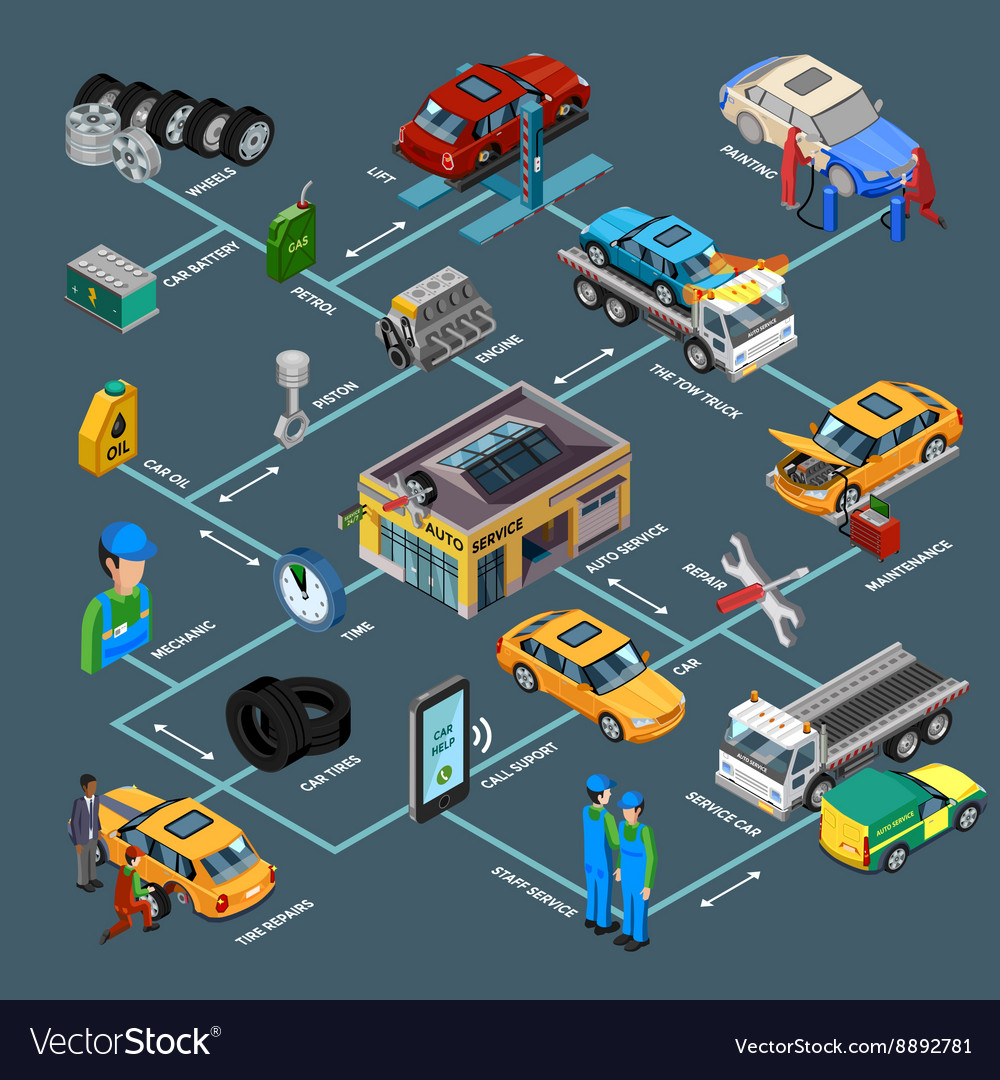Curious About Those Dashboard Warning Lights In Your Car? Learn What They Mean For Your Automobile'S Health And Safety
Curious About Those Dashboard Warning Lights In Your Car? Learn What They Mean For Your Automobile'S Health And Safety
Blog Article
Material Composed By-Lim Forbes
When you're behind the wheel, those glowing caution lights on your dashboard can be a little bit perplexing. Do you recognize what they're trying to inform you about your car's health? Recognizing the importance of these lights is important for your safety and the long life of your car. So, the next time one of those lights appears, wouldn't you want to decode its message accurately and take the essential steps to resolve it?
Common Warning Lighting and Interpretations
Recognize usual caution lights in your car and comprehend their definitions to guarantee secure driving.
The most typical warning lights include the check engine light, which signals concerns with the engine or emissions system. If this light comes on, it's crucial to have your lorry checked quickly.
The oil pressure advising light indicates low oil pressure, requiring instant attention to prevent engine damages.
A blinking battery light may suggest a damaged billing system, potentially leaving you stranded otherwise dealt with.
The tire stress surveillance system (TPMS) light signals you to reduced tire pressure, impacting lorry security and gas performance. Disregarding this can lead to hazardous driving problems.
The abdominal light indicates a problem with the anti-lock stopping system, jeopardizing your capacity to stop swiftly in emergencies.
Lastly, the coolant temperature level warning light warns of engine getting too hot, which can cause serious damage if not solved swiftly.
Comprehending these common warning lights will aid you address issues quickly and maintain safe driving conditions.
Importance of Prompt Focus
Recognizing the typical warning lights in your vehicle is only the very first step; the value of immediately attending to these warnings can't be stressed enough to ensure your safety when traveling.
When a caution light brightens on your control panel, it's your vehicle's method of communicating a potential concern that needs interest. Overlooking these cautions can bring about more serious troubles down the road, jeopardizing your safety and security and possibly costing you a lot more in repairs.
Motivate interest to alerting lights can stop break downs and mishaps. As an example, a blinking check engine light can show a misfire that, if left ignored, can create damage to the catalytic converter. Resolving this promptly can save you from a pricey repair.
Similarly, a brake system advising light may signal reduced brake liquid or worn brake pads, vital elements for your safety when driving.
DIY Troubleshooting Tips
If you discover a warning light on your dashboard, there are a few do it yourself troubleshooting pointers you can try before looking for expert help.
The very first step is to consult your auto's handbook to recognize what the specific warning light indicates. Occasionally the issue can be as easy as a loosened gas cap causing the check engine light. Tightening up the gas cap may deal with the trouble.
An additional usual concern is a low battery, which can trigger numerous alerting lights. Checking simply click the up coming internet page for deterioration and guaranteeing they're secure could take care of the problem.
If a warning light continues, you can attempt resetting it by separating the auto's battery for a couple of mins and then reconnecting it. Furthermore, inspecting your lorry's fluid levels, such as oil, coolant, and brake liquid, can help troubleshoot warning lights associated with these systems.
detailcarwashnearme , comprehending your auto's caution lights is necessary for keeping your automobile running efficiently and securely. By quickly dealing with these informs and understanding what they mean, you can avoid costly fixings and potential break downs.
Remember to consult car wax for specific details on each cautioning light and act as necessary to guarantee a hassle-free driving experience.
Stay educated, stay risk-free when driving!
